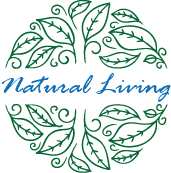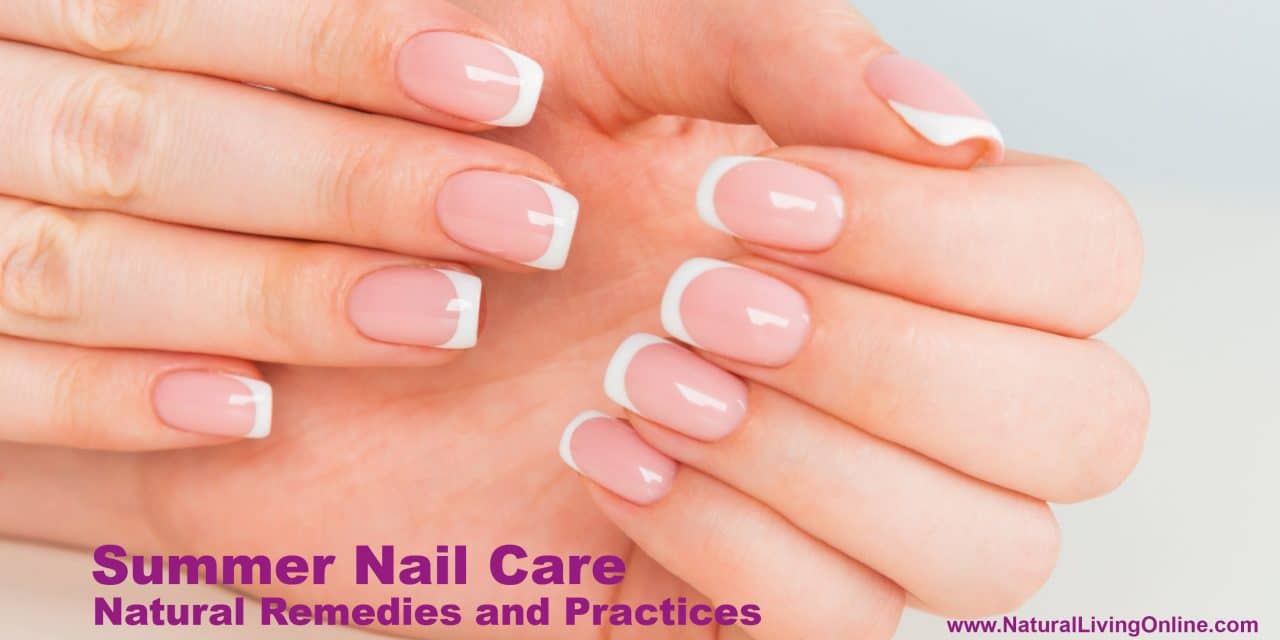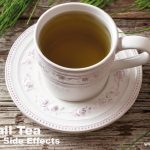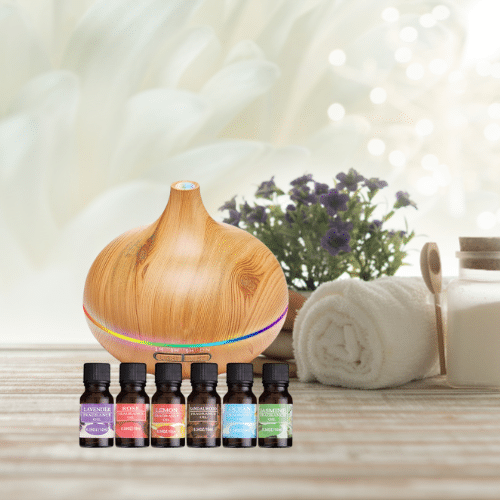Summer is a time for fun in the sun, but it can be tough on your nails. Between the pool chlorine and the heat, your nails might end up brittle and discolored. The right care routine makes keeping your nails healthy and gorgeous during the summer easier.
Natural care is a great approach to keep those nails strong and beautiful without relying on harsh chemicals. Regular hydration and protection go a long way in preventing common summer nail issues. Simple actions like using a nourishing hand cream or cuticle oil can make a big difference.
Consider the benefits of gentle scrubbing to remove dirt and dead skin, which can keep your nails looking fresh. Also, be mindful of where you go barefoot, as public pools can be a breeding ground for fungal infections. Following these tips will help you enjoy summer with nails that are both healthy and stunning.
Key Takeaways
- Simple hydration and protection can prevent common summer nail issues.
- Natural care with gentle scrubbing and nourishing creams keeps nails healthy.
- Be cautious in public pools to avoid fungal infections.
Understanding the Basics of Nail Anatomy
Healthy nails start with understanding their structure. Knowing the layers of the nail plate and the role of cuticles can help you maintain strong, beautiful nails.
Layers of the Nail Plate and Their Care
The nail plate is the hard, visible part of the nail that protects the tips of the fingers and toes. It consists of multiple layers of densely packed keratin cells. These layers include the dorsal, intermediate, and ventral layers, each contributing to the nail’s strength and flexibility.
Caring for the nail plate involves regular trimming with nail clippers to prevent splitting and cracking. Buffing the surface can smooth out ridges, while moisturizing helps keep the keratin layers hydrated and less prone to breaking. Using a nail hardener can add extra protection to weak nails. It’s also beneficial to avoid excessive use of nail polish remover, as it can dry out the nails and make them brittle.
The Role of Cuticles in Nail Health
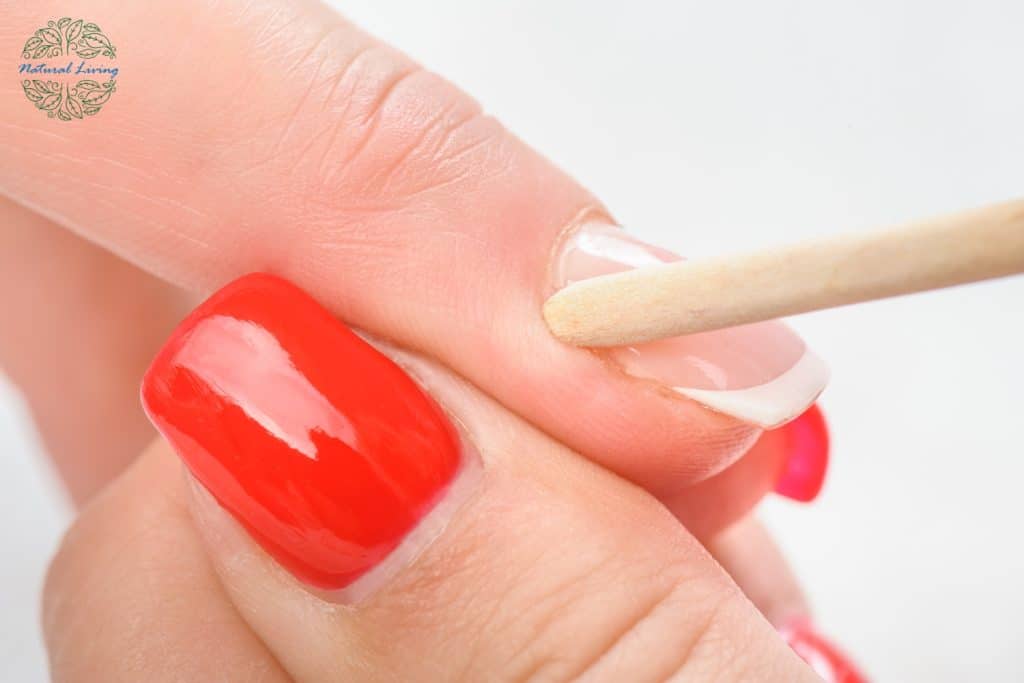
Cuticles are the thin layer of skin at the base of the nail plate, serving as a barrier against infections. They protect the area where new nail cells are produced.
Proper cuticle care is essential for overall nail health. Always moisturize cuticles to keep them soft and prevent them from becoming dry and cracked. Gently push back cuticles with a cuticle pusher rather than cutting them, as cutting can lead to infections. Additionally, applying cuticle oil or cream helps maintain their flexibility and protects against damage. Keeping cuticles healthy and intact supports the growth of strong, healthy nails and prevents common issues like hangnails.
For detailed nail care tips and essentials, check this Ultimate Guide to DIY Nail Care.
Establishing a Healthy Nail Care Routine
To maintain healthy, beautiful nails, you need to follow a structured nail care routine. This includes daily practices for strengthening nails, keeping them well-hydrated, and using the right tools and products.
Daily Practices for Strong Nails
Daily habits can significantly impact nail health. It’s important to keep nails clean and dry to avoid infections. A gentle nail brush can help remove dirt and bacteria.
Using an emery board or nail file, regularly shape nails, which reduces breakage. It’s recommended to file in one direction to prevent splitting. Avoid using metal tools under nails as they can cause separation.
Paying attention to nail beds is also crucial. Push back cuticles gently with a cuticle stick and avoid cutting them.
The Importance of Hydration and Moisturizing
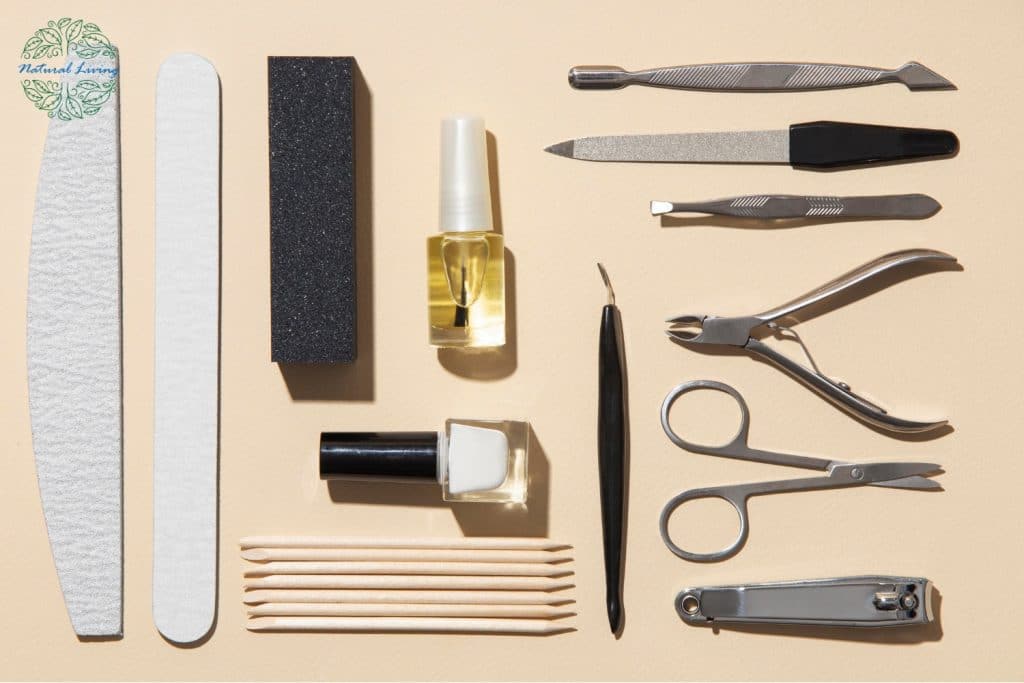
Hydration plays a crucial role in maintaining nail health. Drinking ample water every day ensures that nails remain hydrated from the inside out. Proper hydration helps prevent brittleness and splitting.
Using a high-quality hand cream or cuticle oil is key. Vitamin E-rich products can moisturize and nourish nails and cuticles. Apply these products daily, especially after washing hands. Massaging the product into your nails and cuticles improves blood flow, promoting growth and strength.
Choosing the Right Tools and Products
The right tools and products are vital for a healthy nail care routine. Invest in a good nail kit with clippers, an emery board, and a cuticle stick. Avoid metal tools that can damage nails.
Choose nail care products wisely. Products with keratin can strengthen nails, while those with biotin support growth. Avoid harsh chemicals like acetone-based polish removers which dry out nails. Select gentle, nourishing formulations instead.
Regular application of these practices ensures nails are clean, strong, and hydrated, creating a foundation for healthy, beautiful nails.
Preventing and Treating Common Nail Issues
Summer can bring specific challenges for nail care, but with the right strategies, it’s possible to maintain healthy, beautiful nails. This section will cover how to combat brittle and weak nails, deal with infections and fungal conditions, and address discoloration and damage.
Combating Brittle and Weak Nails
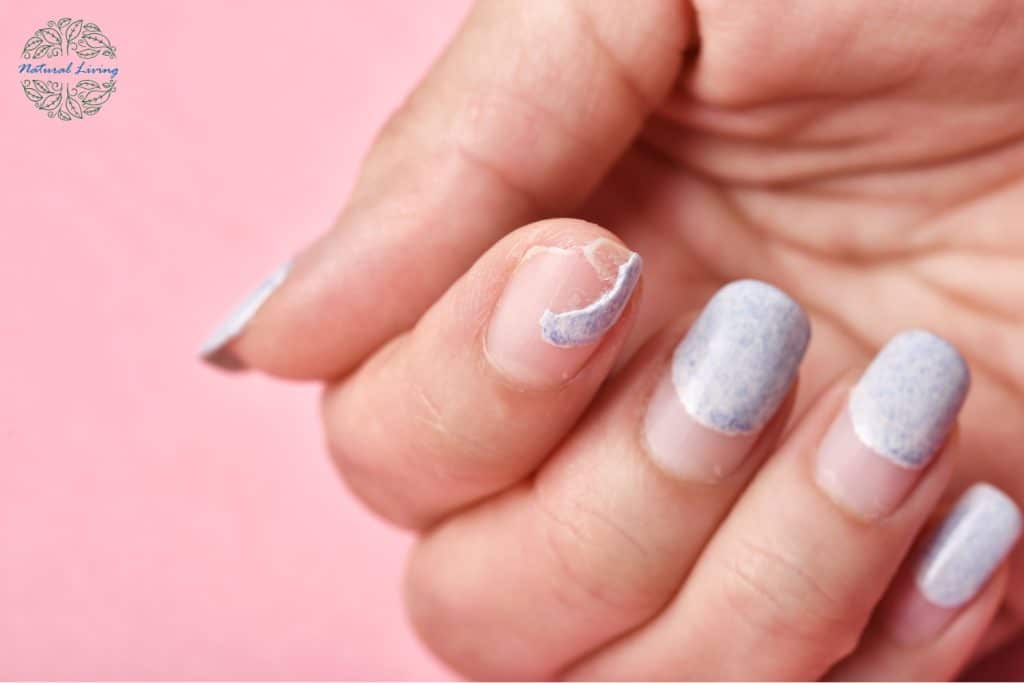
Brittle and weak nails can be a common issue during the summer. Frequent swimming, sun exposure, and dehydration can strip moisture from nails, making them prone to breaking.
To strengthen nails, hydration is essential. Drinking plenty of water and using a moisturizing hand cream daily can help keep nails hydrated.
Biotin supplements are known for supporting nail strength. They can be found in foods like eggs and nuts or taken as a supplement.
Avoid harsh chemicals. Use gentle, non-acetone nail polish removers and avoid excess exposure to chlorine found in pools.
Regularly trim nails to avoid snagging and breaking. Cutting nails straight across and then rounding the tips slightly with a nail file helps to prevent cracks and breaks.
Dealing With Infections and Fungal Conditions
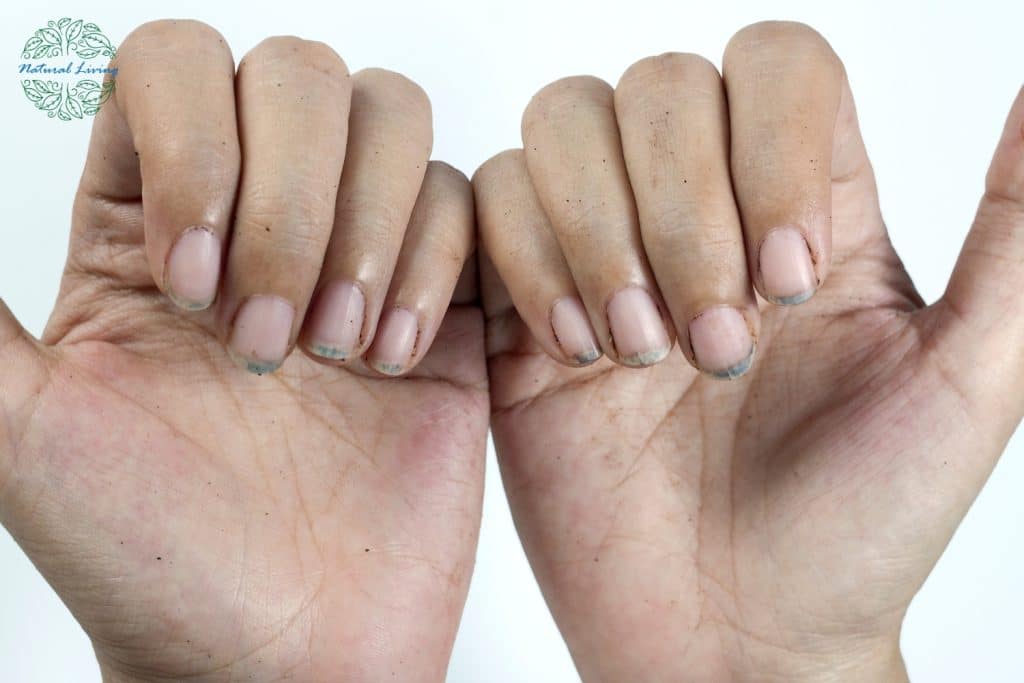
Fungal infections can thrive in warm, moist environments such as public pools or sweaty shoes.
To prevent fungal infections, always keep nails clean and dry. Change socks daily and use antifungal powders if prone to sweaty feet.
Wearing breathable shoes and avoiding walking barefoot in public showers or pools can greatly reduce the risk of infection.
If a fungal infection does occur, over-the-counter creams and ointments can be effective. Persistent infections may require a visit to a dermatologist for prescription treatments.
Cuticle care is critical. Avoid cutting cuticles, as this can introduce bacteria and cause infections. Instead, gently push back cuticles with a cuticle stick after showering.
Addressing Discoloration and Damage
Discoloration and damage often result from exposure to chlorine, frequent use of dark nail polishes, or trauma to the nails.
To prevent discoloration, always apply a protective base coat before using nail polish. This creates a barrier that helps prevent stains from the polish.
If nails are already discolored, lemon juice can be a natural bleaching agent. Soak nails in lemon juice for a few minutes to lighten stains.
For damaged nails, consider using strengthening treatments. These can include nail hardeners or treatments rich in vitamin E and keratin, which help repair and strengthen the nail structure.
Regularly exfoliate nails with a mix of baking soda and water. This can gently remove stains and leave nails looking healthier.
Nail Enhancement and Decoration Techniques

Enhancing and decorating nails can elevate your summer look, adding color and creativity. Learn the best ways to apply and maintain nail polish, explore acrylic and gel manicures, and discover natural alternatives.
Applying and Maintaining Nail Polish
Applying nail polish starts with a base coat to protect the nails and ensure smooth color application. The next step is to apply two to three thin coats of your chosen nail colors. Let each coat dry completely before adding another. Finish with a top coat to add shine and extend the polish’s lifespan.
To maintain your manicure, reapply the top coat every few days. This helps prevent chipping and keeps the color vibrant. Also, keep your nails and cuticles moisturized. Use hand cream or cuticle oil to avoid dryness and brittleness.
Understanding Acrylic and Gel Manicures
Acrylic manicures use a liquid and powder mix applied over the natural nails or tips. This creates a strong, durable layer that can be shaped and painted. Acrylics are ideal for those looking to add length or strength to their nails. However, they must be filled every two to three weeks to maintain their appearance.
Gel manicures involve painting the nails with a gel-based polish that is then cured under a UV or LED light. Gel nails are flexible and offer a natural look, lasting up to two weeks without chipping. Removing gel polish requires a soak in acetone, which should be done with care to avoid damage.
Adopting Natural Alternatives
For those who prefer a natural approach, consider non-toxic nail polishes free from harmful chemicals like formaldehyde, toluene, and DBP. These options are gentler on the nails and the environment and come in various trendy colors.
Natural moisture treatments like coconut oil or olive oil can keep your nails hydrated and healthy. Regularly massaging these oils into your nails and cuticles can prevent brittleness and promote growth.
Try nail wraps made from natural materials for a decorative touch without the use of polish. They are easy to apply and remove, offering a quick and stylish alternative to traditional nail decorations.
Professional Care and When to Seek Help
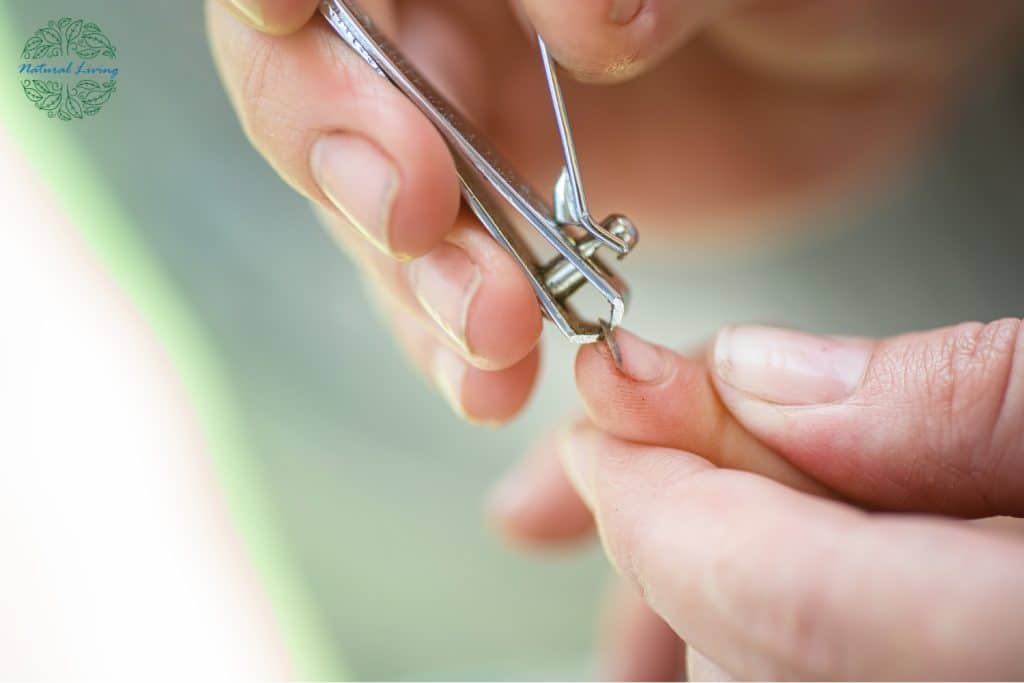
Knowing whether to visit a professional or manage nail care at home is crucial for maintaining healthy nails. This section covers the factors to consider when deciding on salon visits compared to at-home care and the importance of seeking help from dermatologists or podiatrists for nail health.
Deciding on Salon Visits vs. At-Home Care
Salon visits can provide expert care through experienced nail technicians. They can perform detailed manicures and pedicures that might be beyond the skills of most people. Nail salons also offer a variety of treatments that are not easily done at home, such as gel and acrylic applications. For many, the professional touch ensures clean, precise, and aesthetically pleasing results.
At-home care is often more convenient and cost-effective. It allows for maintaining nail health without waiting for appointments or spending extra money. Essential tools for at-home care include nail clippers, emery boards, and cuticle pushers. Regular tasks include trimming, filing, and moisturizing. For people with healthy nails and some knowledge, at-home care can be sufficient if done regularly and carefully.
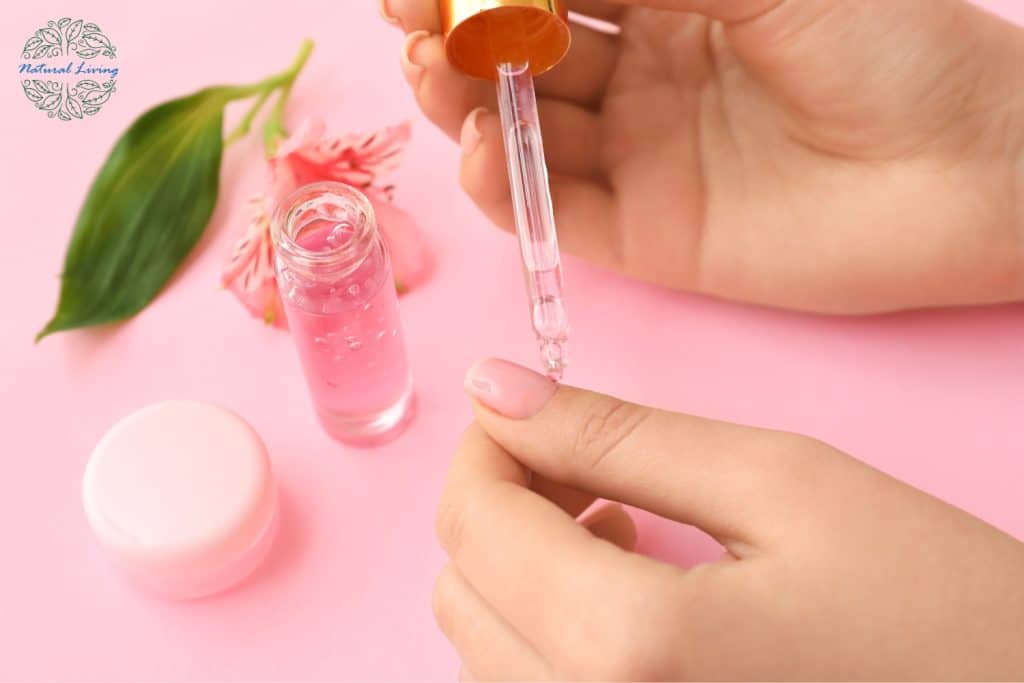
Dermatologists and Podiatrists for Nail Health
A dermatologist can provide essential care for issues like fungal infections, nail diseases, or persistent discoloration. They specialize in skin and nail health and can diagnose conditions that might not be apparent to a nail technician. Visiting a dermatologist is important if nails show signs of infection or abnormal growth.
A podiatrist focuses on foot and toenail health. They can help with ingrown toenails, which can be painful and lead to infection. Podiatrists are also essential for people with diabetes or circulation issues, as these conditions can affect nail health significantly. Seeking professional care from a podiatrist ensures that any underlying health issues impacting the nails are properly managed.
Frequently Asked Questions
How can you maintain your nails’ health during the summer season?
Hydrate your nails by using nourishing hand creams or cuticle oils regularly. Avoid exposing your nails to harsh chemicals like chlorine in pools, which can cause brittleness and discoloration. Wearing gloves during chores can also help protect them from damage.
What are some effective natural remedies for beautiful nails?
Use coconut oil to soften cuticles and add shine. Lemon juice can help brighten yellowed nails. Massaging your nails with olive oil can improve their strength and prevent breakage. Avoid using harsh nail polishes and removers.
What daily practices contribute to strong and healthy nails?
Moisturize your hands and nails daily, just like you would your face. Regularly trimming and filing your nails helps prevent splits and snags. Keep your nails clean and dry to avoid fungal infections. Limit exposure to water and wear gloves when doing household chores.
Which manicure methods are safest for maintaining natural nail health?
Opt for gentle manicures that do not involve harsh chemicals. Use a protective base coat to shield your nails from staining. Avoid acrylics and gels if you can, as they can weaken your nails over time. Always ensure tools are sanitized to prevent infections.
How does the use of Vaseline affect nail health before and after application?
Applying Vaseline to your nails and cuticles can lock in moisture and prevent dryness. It can make your cuticles softer and more manageable. Using it regularly can reduce the chances of nails becoming brittle and breaking. Always wash your hands before applying to avoid trapping dirt.
What nutritional advice is recommended for enhancing nail strength and appearance?
Eating a balanced diet rich in vitamins and minerals can improve nail health. Biotin, found in eggs and nuts, supports nail growth and strength. Vitamin E, present in spinach and almonds, helps nourish nails. Protein-rich foods such as chicken and fish also contribute to stronger nails.
This website does not provide medical advice.
All information provided on this website, and on associated social media networks, including but not limited to texts, images, and numbers are for general information purpose only. It is not intended as medical advice and it does not include all possible precautions, side effects, or interactions that may occur. Neither NaturalLivingOnline.com nor its author/founder take responsibility for how you use this information. Statements contained on NaturalLivingOnline.com have not been evaluated by the FDA. You should conduct thorough research via multiple sources and consult your physician or qualified doctor before using any essential oil or herbal remedy. Information on NaturalLivingOnline.com must not be relied upon for medical, legal, financial or other decisions.
